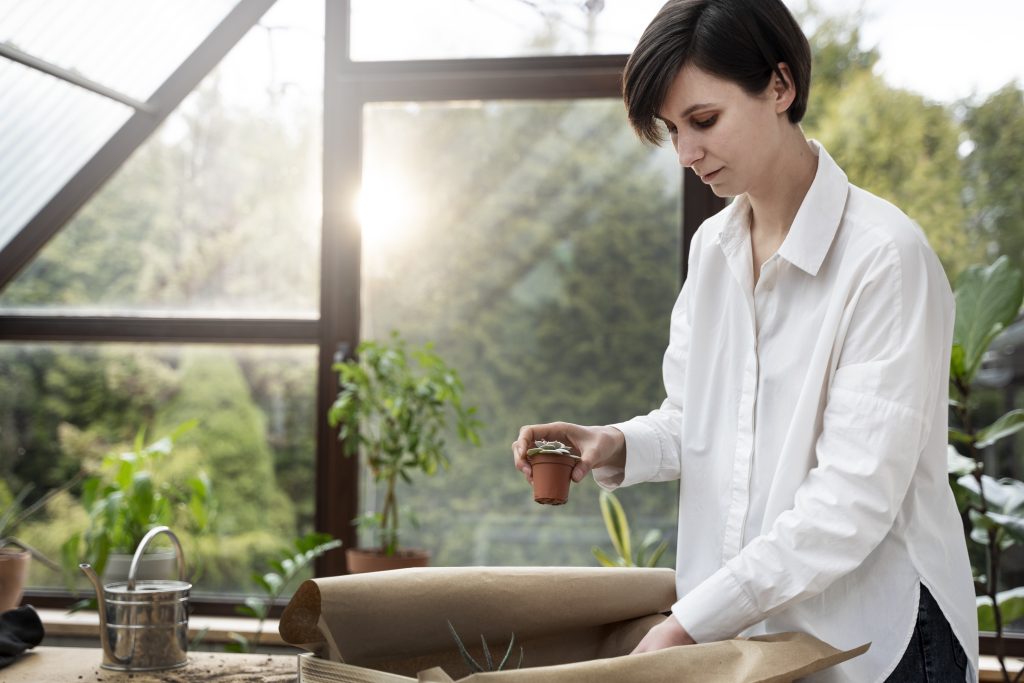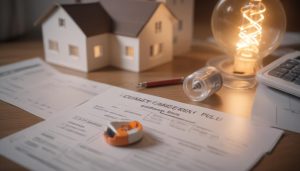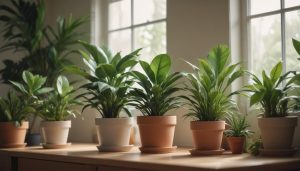How Sustainable Design Transforms Both Homes and Lives
Jessica White August 13, 2025
Sustainable design isn’t just a trend—it’s a way of living that reflects our growing awareness of environmental challenges. By incorporating eco-friendly practices and technologies into the design of homes, sustainable architecture is transforming not only the physical environment but also the lives of those who adopt it. From energy-efficient buildings to sustainable materials, the shift towards green living is reshaping the way we think about our homes, our health, and the future of the planet.

What Is Sustainable Design?
Sustainable design, often called “green design,” is a philosophy that integrates environmental, social, and economic factors into the design of buildings, products, and spaces. It aims to reduce the negative impact on the environment by using resources efficiently and minimizing waste. At its core, sustainable design seeks to improve the quality of life while preserving the resources and ecosystem that future generations will depend on.
The Growing Demand for Sustainable Homes
Over the last few years, the demand for homes that incorporate sustainable design has risen significantly. According to a report by the U.S. Green Building Council (USGBC), 62% of homebuyers consider energy-efficient features essential, and 33% are willing to pay more for these homes (USGBC, 2022). This surge in demand can be attributed to the increasing awareness of climate change, rising energy costs, and the desire for healthier living environments.
More homebuyers and renters are seeking homes that provide energy-efficient heating, cooling, and lighting systems, reduced water consumption, and the use of eco-friendly materials. Sustainable design doesn’t just reduce a home’s carbon footprint—it offers a multitude of benefits for the people who live in these spaces.
Key Features of Sustainable Home Design
- Energy Efficiency: Sustainable homes are designed to consume less energy by using insulation, energy-efficient windows, and modern HVAC systems. Renewable energy sources like solar panels or wind turbines are increasingly incorporated, enabling homes to generate their own electricity. According to the Department of Energy, homes with solar panels can reduce energy costs by up to 75% over the life of the system (DOE, 2021).
- Water Conservation: Sustainable homes often include water-saving appliances such as low-flow faucets, toilets, and irrigation systems. This not only helps reduce water bills but also conserves precious water resources. Technologies like rainwater harvesting systems can further reduce reliance on municipal water systems.
- Materials and Construction: Building materials in sustainable homes are sourced responsibly and made to last. Bamboo, reclaimed wood, and recycled steel are becoming standard choices. These materials not only have a smaller environmental footprint but also contribute to a more durable and aesthetically pleasing home.
- Indoor Air Quality: Health-conscious homeowners are increasingly considering the quality of air inside their homes. Sustainable design incorporates non-toxic paints, finishes, and insulation materials to minimize the presence of harmful chemicals like formaldehyde and volatile organic compounds (VOCs). This promotes better indoor air quality, which is particularly important for individuals with allergies or respiratory issues.
- Smart Technology: The integration of smart home technology is becoming a key component of sustainable homes. Thermostats, lighting, and appliances that can be controlled remotely not only enhance convenience but also optimize energy consumption, helping homeowners reduce their environmental impact without sacrificing comfort.
The Impact on Homeowners’ Lives
Sustainable design has a profound impact on homeowners, offering benefits that extend beyond environmental consciousness. Here’s how it transforms lives:
Financial Savings
Sustainable homes are designed with energy efficiency in mind, which results in lower utility bills. According to the U.S. Department of Energy, energy-efficient homes can reduce energy costs by up to 30% annually. While the initial investment in green technologies like solar panels or high-efficiency appliances may be higher, the long-term savings make these upgrades a financially savvy decision.
Improved Health and Comfort
Sustainable design often leads to better indoor air quality, reduced allergens, and a more comfortable living environment. Proper insulation and advanced HVAC systems help maintain a consistent temperature year-round, preventing the extremes of hot summers and cold winters. This not only makes the home more comfortable but also reduces stress on the body, promoting overall well-being.
Increased Property Value
Homes designed with sustainability in mind often have a higher market value. This trend has been widely recognized by both homeowners and real estate professionals. Properties with eco-friendly features can fetch a higher price when sold, making them a smart investment for the future. Moreover, sustainable homes tend to appreciate in value faster than conventional homes due to their energy efficiency and low maintenance costs.
Emotional and Psychological Benefits
Living in a sustainable home can also contribute to a sense of pride and fulfillment. Many homeowners find comfort in knowing that their living space is environmentally responsible. Sustainable living aligns with values related to environmental stewardship and personal health, which can foster a sense of well-being and satisfaction.
The Role of Government and Incentives
Governments around the world are recognizing the importance of sustainable design in addressing climate change. In the U.S., programs like the Energy Star certification and LEED (Leadership in Energy and Environmental Design) encourage the construction of green homes. Tax incentives, rebates, and grants are available for homeowners who invest in energy-efficient appliances, solar panels, or other sustainable upgrades.
For example, the federal government offers a 26% tax credit for solar panel installations, which can significantly reduce the cost of adopting renewable energy. Additionally, many states offer rebates for energy-efficient appliances or insulation, further lowering the initial costs of these sustainable upgrades (U.S. DOE, 2021).
Future Trends in Sustainable Design
As sustainable living becomes more mainstream, several emerging trends are set to shape the future of home design:
- Net-Zero Homes: These homes are designed to produce as much energy as they consume. Thanks to advancements in solar technology, insulation, and energy storage, net-zero homes are becoming more affordable and widespread.
- Circular Design: This approach focuses on reducing waste by reusing materials and designing homes that can be easily adapted or disassembled. The goal is to create buildings that have a longer life cycle and generate minimal waste.
- Biophilic Design: Integrating nature into home design is becoming a significant trend. By incorporating elements like green walls, natural lighting, and organic materials, biophilic design aims to strengthen the connection between people and nature, enhancing mental health and productivity.
- Sustainable Neighborhoods: In addition to designing sustainable homes, there is a growing emphasis on building entire neighborhoods that prioritize green space, renewable energy, and community gardens. These developments foster a sense of community and are designed to reduce environmental impact on a larger scale.
Conclusion
Sustainable design is transforming the way we think about homes and the way we live. It’s not just about making homes more energy-efficient or reducing waste—it’s about creating spaces that are healthier, more comfortable, and better aligned with our values. As we continue to face environmental challenges, sustainable design offers a path forward—one that benefits both the planet and the people who call these homes their own. Whether it’s the financial savings, health benefits, or emotional satisfaction, sustainable design truly has the power to transform lives.
References
- U.S. Department of Energy. (2021). Energy efficiency and renewable energy. Available at: https://www.energy.gov (Accessed: 13 August 2025).
- U.S. Green Building Council. (2022). Green homebuyers and the demand for energy-efficient homes. Available at: https://www.usgbc.org (Accessed: 13 August 2025).
- U.S. Department of Energy. (2021). Solar energy and its role in the future of homes. Available at: https://www.energy.gov (Accessed: 13 August 2025).







